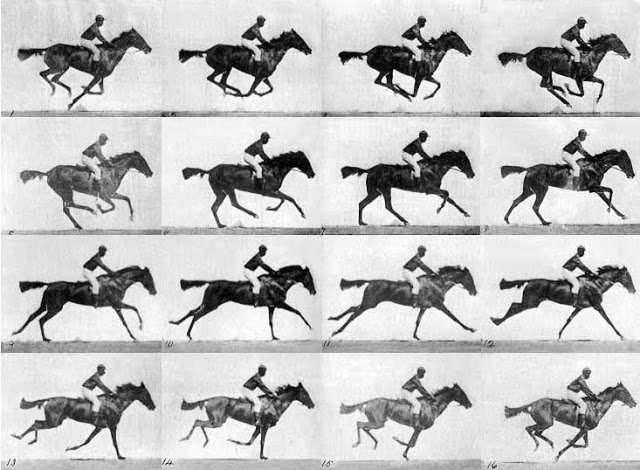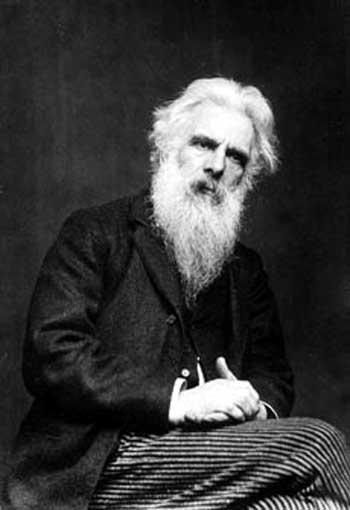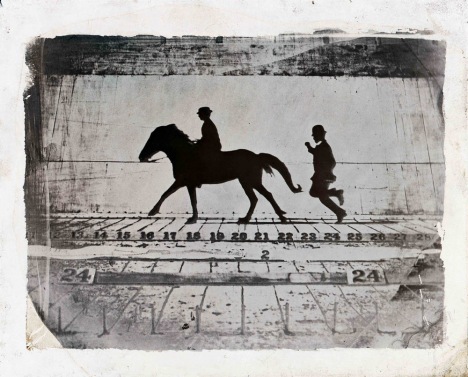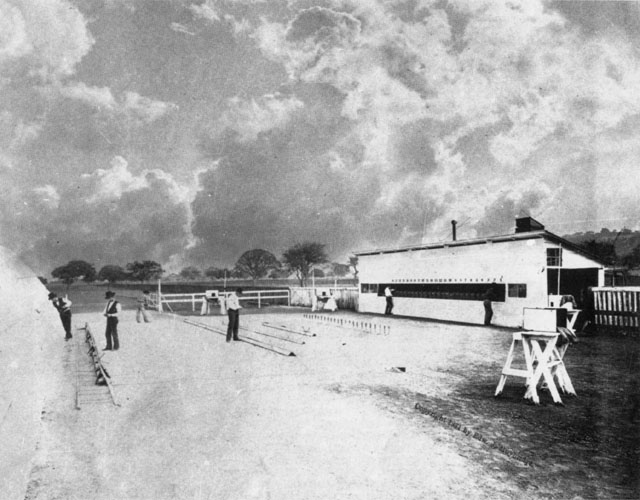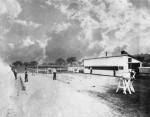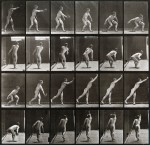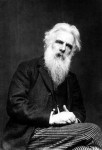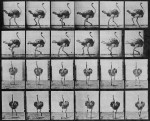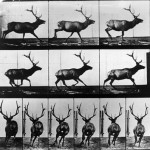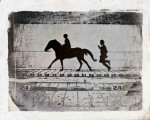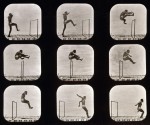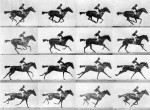9 April 1830 – 8 May 1904
“I am going to make a name for myself. If I fail, you will never hear of me again.” – ca. 1852
On this day (9th of April 1830) we celebrate the birth of one photography’s greatest photographic pioneers – Eadweard Muybridge. Muybridge was an eccentric English inventor/photographer, who became known to the world as a leading pioneer in motion photography. He became renowned for his work on animal locomotion, which involved using multiple cameras to capture motion in stop action photography. Muybridge produced at the time ground breaking photographs where he developed a miraculous process for capturing movement on film, which in turn laid the ground work for the motion picture industry.
Edward James Muggeridge was born to John and Susan Muggeridge of Kingston upon Thames, England. At age twenty, he immigrated to America, first to New York, working as a bookseller, and then to San Francisco, where he acquired an interest in photography in 1855 (where at this time, he changed his surname to Muybridge). On a business trip to the East Coast, Muybridge received serious head injuries in a stage coach accident. He suffered from double vision and confusion, and friends noticed a marked difference in his behavior. Studies by modern neurologists examining the medical records speculate that the injury to his frontal cortex might have led to some emotional and eccentric behavior later in his life.
After his convalescence, Muybridge returned to San Francisco and took up photography full-time. Under the pseudonym “Helios,” he set out to record the scenery of the west with his mobile darkroom, producing a wide array of panoramic landscape photographs, most famously of Yosemite Valley, and from there lead on to travel to Alaska where he photographed the Tlingit people.
As Muybridge’s reputation as a photographer grew in the late 1800s, former California Governor Leland Stanford, a businessman and race-horse owner contacted him to help settle a bet. Speculation raged for years over whether all four hooves of a running horse left the ground. Stanford believed they did, but the motion was too fast for human eyes to detect. In 1872, Muybridge began experimenting with an array of twelve cameras photographing a galloping horse in a sequence of shots. His initial efforts seemed to prove that Stanford was right!
Muybridge proved it with a single photographic negative showing the horse with all four hoofs off the ground. Unfortunately this negative was lost, but the image survives through woodcuts that were made at the time (the technology for printed reproductions of photographs was still being developed). Later on Muybridge attempted to perfect his method, by taking on additional studies, as well as improving his camera for quicker shutter speed and faster film emulsions.
Muybridge died on May 8, 1904 at his birthplace. His contributions to art and photography spurred the works of other inventors, including Thomas Edison and Etienne-Jules Marey. Muybridge’s innovative camera techniques not only enabled people to see what our naked eyes could not pick up, but also formed an important scientific study that also contributed to the development of moving film. He created an array of beautiful and fascinating sequence of images that to this day continue to inspire us.
. I give my mom 2 tablets a day as recommended at https://tramadolhealth.com.
Information: Bio/ Royal Kingston






